This is the third of a four part series to walk through the first of my two Japan winter wildlife tours for 2016, continuing with a visit to Sulphur Mountain, then on to the Notsuke Peninsula, and Rausu, where we photograph the majestic Steller’s Sea Eagles and White-Tailed Eagles.
We pick up the trail after our final shoot with the beautiful Whooper Swans on the morning of day eight, as we swing by the apocalyptic Iouzan, or “Sulphur Mountain”, before we start our drive over to Rausu. This is a fun spot to shoot, with the fumaroles spewing their sulphuric steam into the atmosphere, as we see in this photograph (below).
I’m a little torn on this photo, as I obviously am not a huge fan of having this large an expanse of overexposure around the sun, but in general, I do like the feel of this shot with the steam bellowing out and the snow in the air. This snow was not present in the images where the sun was hiding behind thicker cloud, and I just kept coming back to this one, which is why I selected it to share with you today. I guess that means I prefer this shot, although the large patch of white does disturb me a little.
I shot this image at f/11 for a 1/250 of a second, ISO 100 at 70mm, using my 24-70mm f/2.8L II lens. For the processing of this image, I ran it through Nik Software’s Color Efex Pro 3, and added a bit of Detail Extractor, to bring out the texture in the sulphur stained rock and the steam, as well as the snow. To prevent a harsh line forming around the area of overexposure, I placed a couple of minus control points over that area for the Detail Extractor filter, which enabled me to maintain a nice smooth gradation from white to the surrounding grey steam.
Between Sulphur Mountain and the Notsuke Peninsula, we called at two Ural Owl nests that I know of, hoping to capture one of these lovely birds, but neither of the nests was occupied on this day unfortunately, so after lunch, we pressed on for a pretty productive drive along the peninsula. The first shot I’d like to share from there is this one, of an Ezo Deer stag (below).
The light was coming from behind the stag, which isn’t ideal, but the Shadows slider in Lightroom brought out plenty of detail in this side of the animal. I always love to see the texture in the antlers on these deer, as the rutting and foraging in the snow that they do with them strips off the brown coating, leaving those beautiful white tips to what are essentially then bear bones.
I shot this image at f/8, 1/1000 of a second at ISO 400, using my 200-400mm lens with the built-in 1.4X extender engaged. On the Notsuke Peninsula, we generally just stop the bus and open the windows, then shoot resting our lenses on the window frame or bus seat head-rests, and it seems to work pretty well. Unlike some of the other subjects that we photograph on this tour, if we got off the bus here, these guys would be long gone before we could raise our cameras.
There were a few stags that started practicing their rutting behavior, as you can see in this next photo (below), locking antlers and pushing each other back and forth. I’ve cropped this down a little, to a 34 megapixel file, as these guys were a little way off, even at 560mm.
I actually had a lot of trouble auto-focusing on these guys with the bright back-lit snow. I could tell something was wrong as I shot, but when I looked at my images at the hotel later, almost all of them were blurred, and then I found one that I was wide enough to see an area of sharpness way in the foreground. I thought at first that it may have been a shortcoming of the 5Ds, but it turns out that two other Canon shooters had exactly the same problems at this spot. One with a 1D X and the other with a 7D Mark II. We also noted that all of the Nikon shooters had no problems at all, so they were able to snigger at us on this occasion. I shot this with the same settings as the previous image.
Shortly afterwards, as we drove along the peninsula, I spotted this Northern Red Fox sitting at the side of the road, so we stopped the bus and shot some portraits (below). I love these foxes, when they’re all clean like this, they’re such beautiful animals.
I actually shot this in portrait mode, but then decided to crop it down to a square anyway. My settings were f/8, for a 1/640 of a second at ISO 1250, 454mm. Again, we were shooting from the bus. The angle isn’t great looking down on him, but I’m happy enough with this. I think my shot from last year is better though, especially as the fox was sitting on a bank of snow that was leaning downwards, away from the bus, so it looked like we were pretty much at eye-level. Much better.
A moment after this photo, the fox jumped in the air and with his muzzle dug a mouse out of the snow. At first I thought he’d heard it scuttling around and hunted it before our eyes, but it turns out it was a carcass that he’d buried earlier, and for some reason decided to dig it up and eat it in front of a bus load of photographers. There was a lot of grass between him and us at this point though, and they weren’t particularly pretty photos, so none of them made my final selection. After a visit to the Nature Center on the peninsula, we took a steady drive back to the hotel as the sun set.
The next morning, we boarded our boat at 8:30am, to go out and photograph the sea eagles. Unfortunately, with 2016 being an el niño year, the sea ice is nowhere to be seen. It usually comes in a few times between the middle of January to the end, but even when it’s late, it’s usually here in the first few days of February. We visited on Feb 9, 10 and 11, and there was nothing. Even as I prepare this on February 19, we’re yet to see any sea ice in Rausu.
Having said that, as I’ve mentioned before, we now take the boat out anyway, and throw fish into the sea, which the Steller’s Sea Eagles and White-Tailed Eagles come down in their droves to catch, and honestly, I love the resulting photographs. In many ways, I actually prefer these photographs to the sea ice photographs, because it looks a lot more natural to see the eagles taking the fish from the water rather than off the top of a piece of sea ice, as you can see in this photograph (below).
The other thing that was a little bit against us on this first outing, was that there was very heavy cloud cover. Even though the sun had come up more than two hours before we started shooting, for this photograph to get a shutter speed of 1/640 of a second at f/5.6, I needed to set my ISO to 3200. That’s no big deal. I shot some at 6400 as well, and because I’m still exposing to the right, there isn’t a lot of grain. I’d prefer to shoot at lower ISOs of course, but if it’s a toss-up between getting shots with a bit of grain, or not getting any shots, I’ll take the shots anytime.
The previous image was shot at 330mm and this next image was shot at 360mm, with my 100-400mm lens. This is the perfect lens for photographing these eagles from the boat, even on a full frame camera. I have some shots that we’ll take a look at that have the eagle almost filling the frame, uncropped, at 241mm, so it’s really not worth trying to hand-hold the 200-400mm from the boat, especially when there is as much swell as we had on this day.
I did crop this photo of course, just a little bit either side, and with a 16:9 aspect crop as this Steller’s Sea Eagle was quite close to the bottom of the frame, so the narrower crop helps to balance the image a little better. My settings here were still f/5.6 for a 1/640 of a second, now at ISO 2500, so I’d brought it down just a little bit.
Picking my Moment
As I’ve mentioned, I was shooting with the high resolution Canon EOS 5Ds R camera on this tour, and many people are pigeon-holing this camera as a landscape and still life body. That really isn’t the case, as I’m sure you’ll start to appreciate with these eagle shots. The frame rate is of course going to limit our shooting, at only 5 frames per second, and I doubt that I was even getting that under these conditions, but you know what, I actually really enjoyed the challenge.
Rather than shooting in long bursts while tracking with the birds, as I have always done with my 1D X or 7D Mark II, I found that I was waiting for the exact moment that I wanted the frame, and often shooting just one frame, sometimes two, but never more than three frames. Sure, I will have missed a few critical wing positions, but I found that I was getting the wing position I wanted with my first frame the majority of the time.
I also enjoyed not having to go through so many photographs. I was coming back from the two hour sessions that we have on the boat each morning with between 500 and 600 frames, rather than a thousand or more, which is what I used to have to look through. And, at the end of the day, I have these beautiful big 50 megapixel images that open up doors for me with regards to very large prints and cropping, so I am really pleased with my decision to leave the 7D Mark II at home.
Because we had not found an Ural Owl on either of the nests that I know about the previous day, after a quick rest-room stop at the hotel, we took a 90 minute drive back to the nearer of the two nests. We were happy to spend that time too, as we were rewarded with photos like this one (below).
These owls are just beautiful, and it’s always a pleasure to see one, especially when their eyes are open, like this. As I mentioned in a previous episode, I’m finding that with the 5Ds R, for at least some of my images, I’m actually pulling back a little, and really showing the wildlife in their environment more, because I still have a huge amount of detail, even with the subject quite small in the frame. I have some closer one’s which I might share at some point, but here, I disengaged the 1.4X Extender, and pulled back a little to 376mm, to include this beautiful old tree that the owl is perched in.
My other settings were f/8, for a 1/320 of a second, at ISO 1000. I allowed the sky to blow out a little bit in the camera, as it was not as important for the photograph as getting the owl nicely exposed. In Lightroom though, the data on the histogram is not quite touching the right side, so it’s not actually over-exposed. At least as Lightroom sees it.
We don’t stay long at the owl, as I don’t like to disturb them too much. We took it in turns getting into a good position either side of the tree, and then took our leave. Afterwards, we had another drive down the Notsuke Peninsula but this time saw absolutely nothing. It was as though we were in a totally different place than the previous day, with the deer and foxes. I’m pleased this happened on the second day though, or the group would have wondered why we were even there.
The following morning, we went out for our second session with the sea eagles. This time we had about an extra two stops of light, which was really welcome, as a lot of the group hadn’t really capitalized on the first morning with it being so dark. Even as we got started, my ISO was down at 1600 for this first image (below).
I love the clarity of this shot, and the reflections of the feathers, but most of all, those outstretched talons accompanied by the White-Tailed Eagle’s gaze are awesome. I cropped this one just slightly from the top left corner, but this is still a 44 megapixel photograph. This was shot at f/6.3 for 1/1000 of a second, ISO 1600 at 286mm.
This next image is the back end of a juvenile White-Tailed Eagle, as it whisks its frozen pray out of the water. I really like this angle, although you can’t see the eagle’s head, but the high wing position forming a beautiful V shape is really appealing to me, and the droplets of water and the splash are nicely frozen by the 1/1000 of a second exposure.
My aperture was at f/8 at this point, and my ISO down to 1250, with a focal length of 360mm. I did crop this one in slightly from the bottom left this time, leaving me again with a 44 megapixel file. I actually generally don’t release the shutter or even frame them up when I notice that the eagle is a juvenile, as I rarely share or use these images, but I’m pleased I reacted to this shot. It’s perhaps one of my favorites from the trip.
This next image is perhaps my heaviest crop from the trip, down to a tiny 25.2 megapixels, but I couldn’t resist sharing this shot (below). I noticed these four sea eagles converging, so I focused on the middle Steller’s Sea Eagle, and hoped for the best.
They were a way out, but I though this was a fun mishmash of avian brawn as they circled our boat, and I thought it was extra cool that one of them is looking straight at the camera from the midst of all this. My settings for this shot were f/8, 1/1000 of a second, at ISO 1250, with a focal length of 312mm. I wished I’d had a chance to zoom in, but it happened too quickly for that.
That’s our ten photos for today, so we’ll be back with 5 more eagle shots from the same day, then one more from our third day with them, before we head around to the other side of the Shiretoko Peninsula for our final day before returning to Tokyo and disbanding.
2018 Winter Wonderland Tours
Before we finish, I’d like to remind you that we are now taking bookings for the 2018 Snow Monkeys & Hokkaido Tours. For details and to book your place, visit the tour page at https://mbp.ac/ww2018. Our 2017 tours are already sold out, but if you’d like to be put on the wait list, please contact us.
Show Notes
Details of the 2018 Tours: https://mbp.ac/ww2018
View all currently available Tours & Workshops: https://mbp.ac/workshops
Subscribe in iTunes for Enhanced Podcasts delivered automatically to your computer.
Download this Podcast in MP3 format (Audio Only).
Download this Podcast in Enhanced Podcast M4A format. This requires Apple iTunes or Quicktime to view/listen.

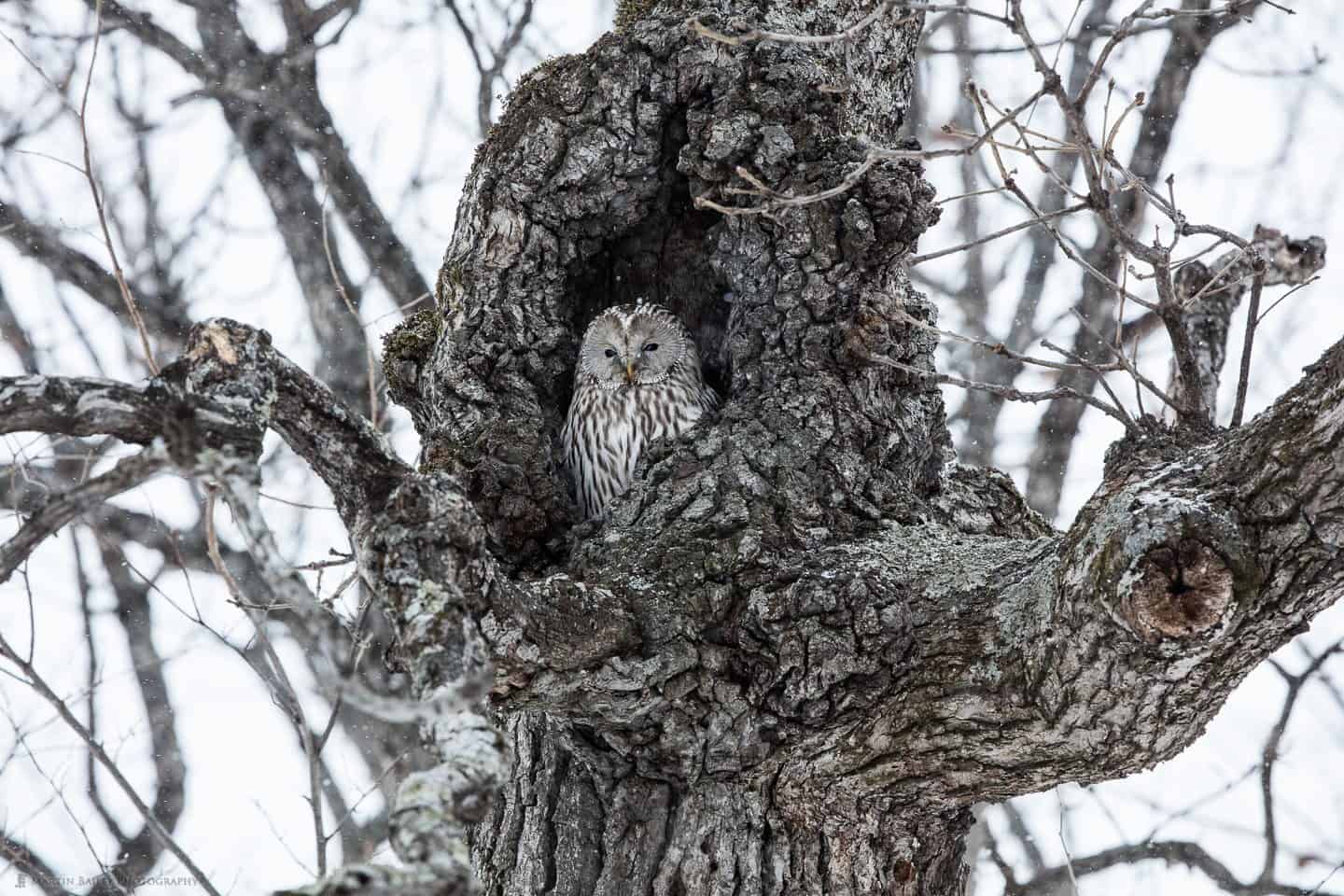


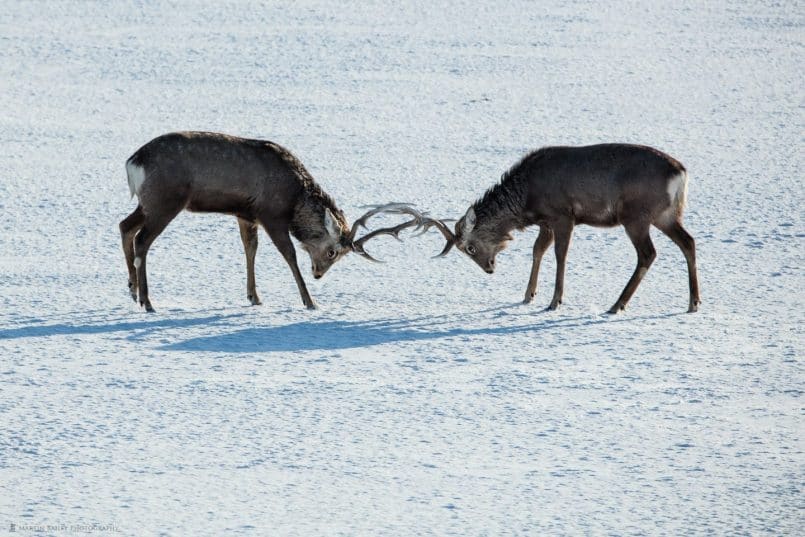


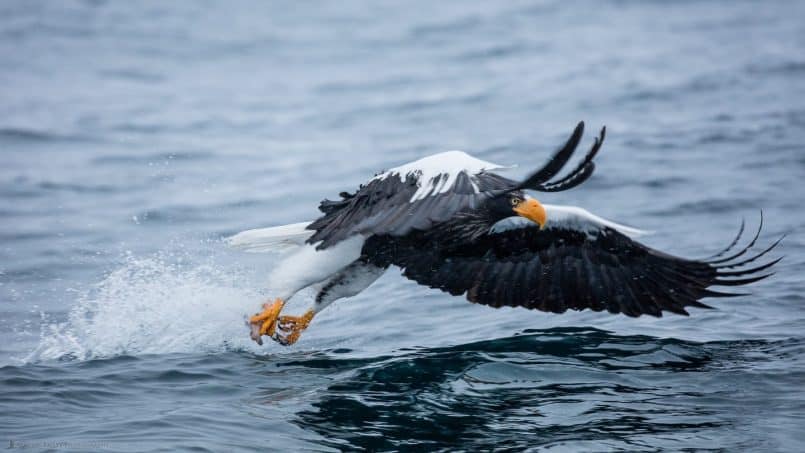
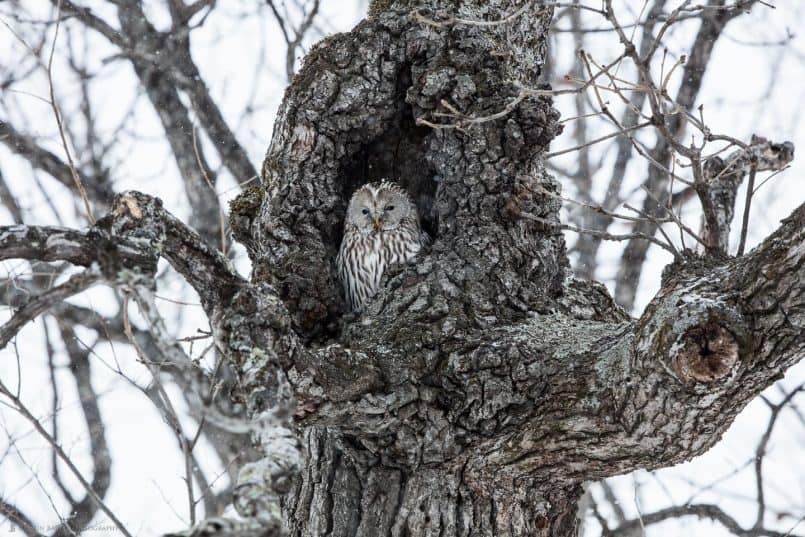
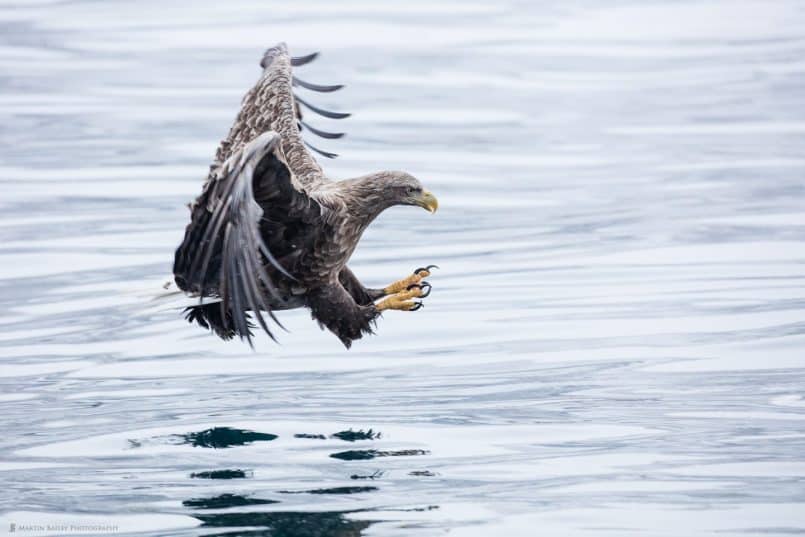
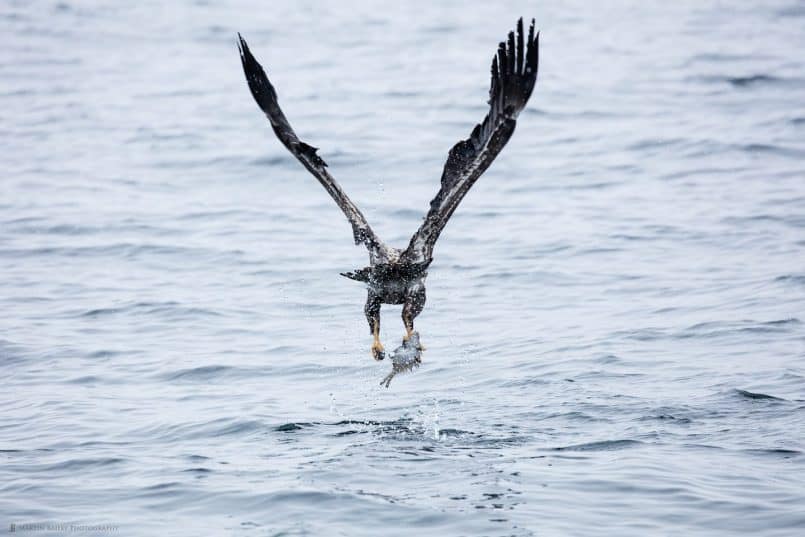
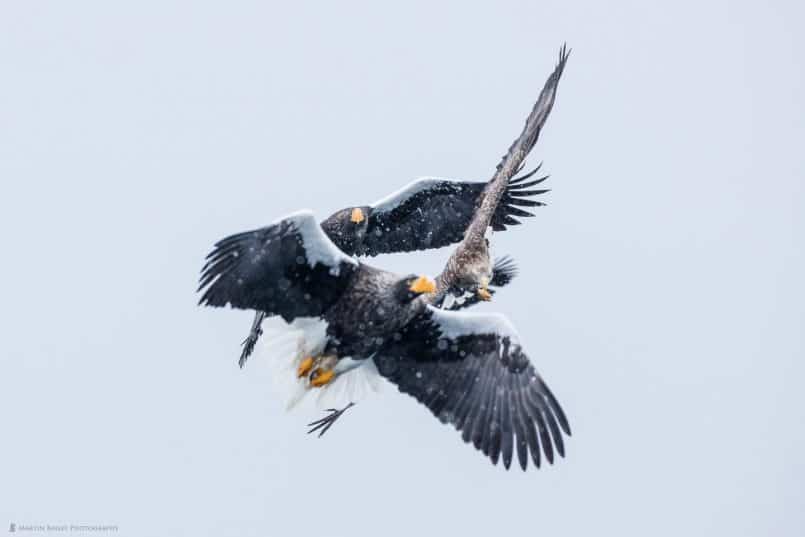
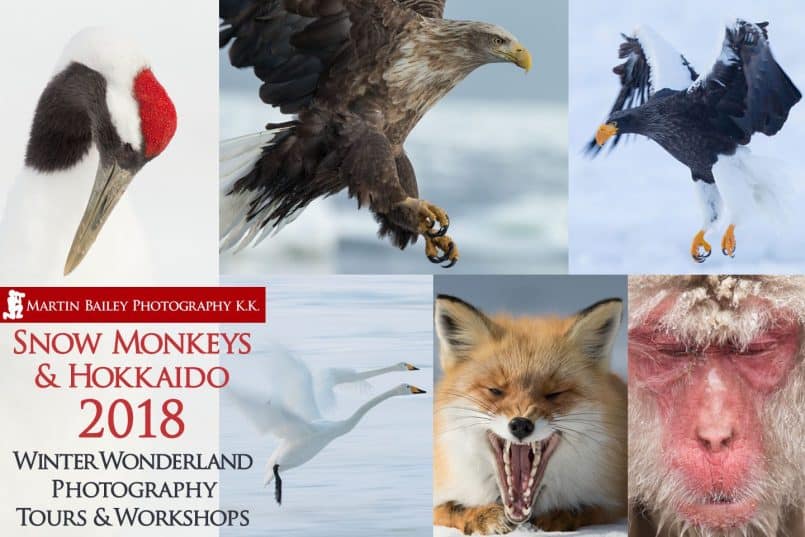

0 Comments